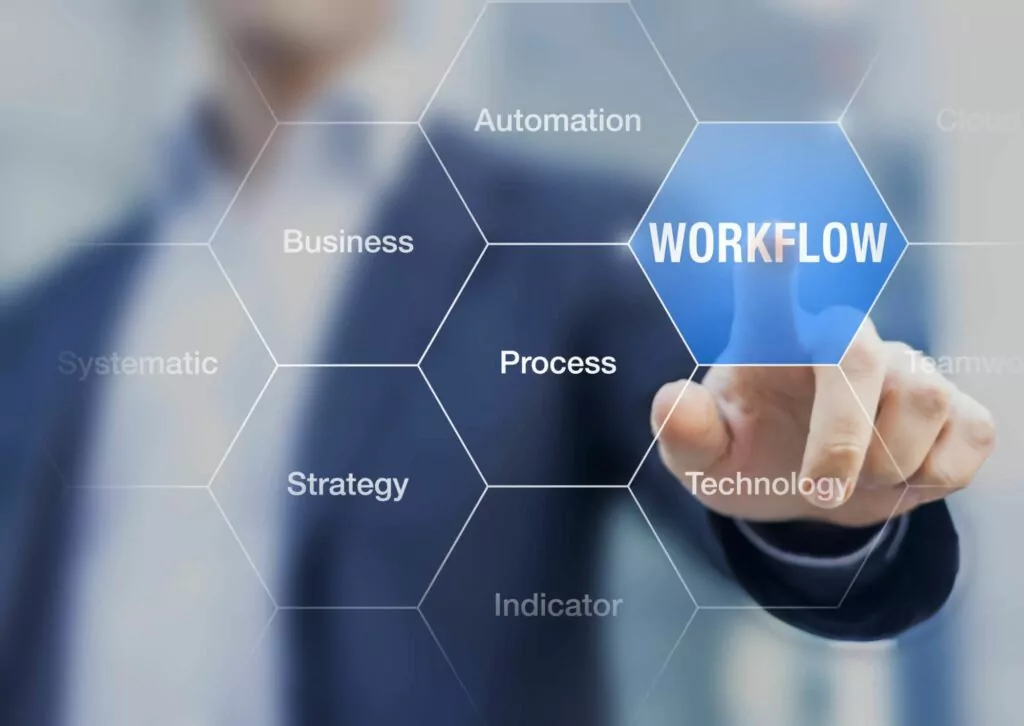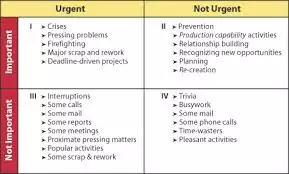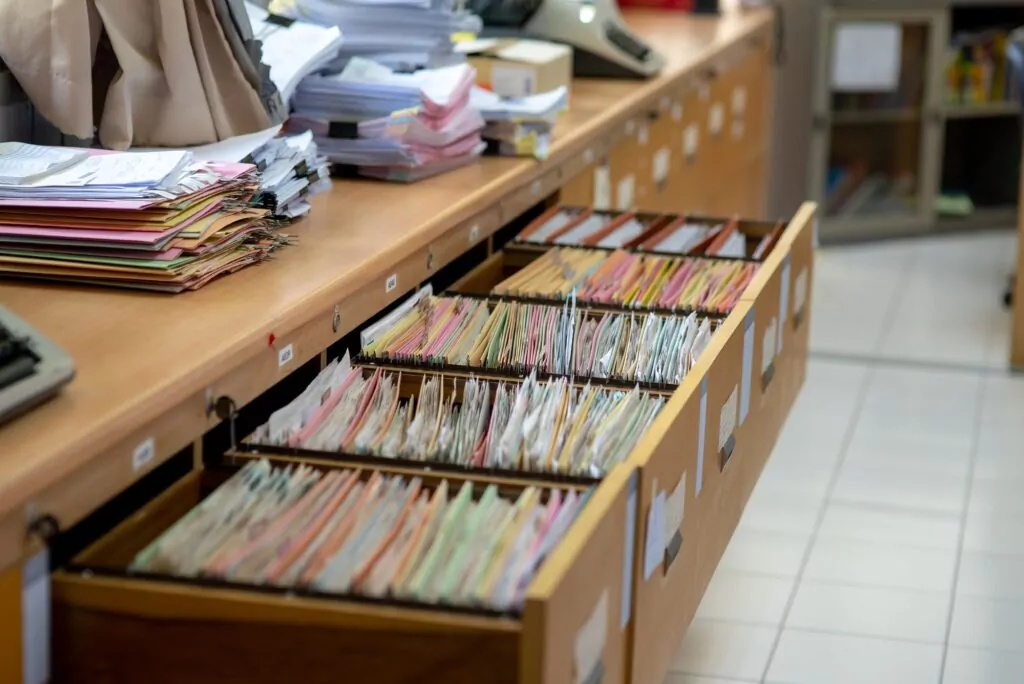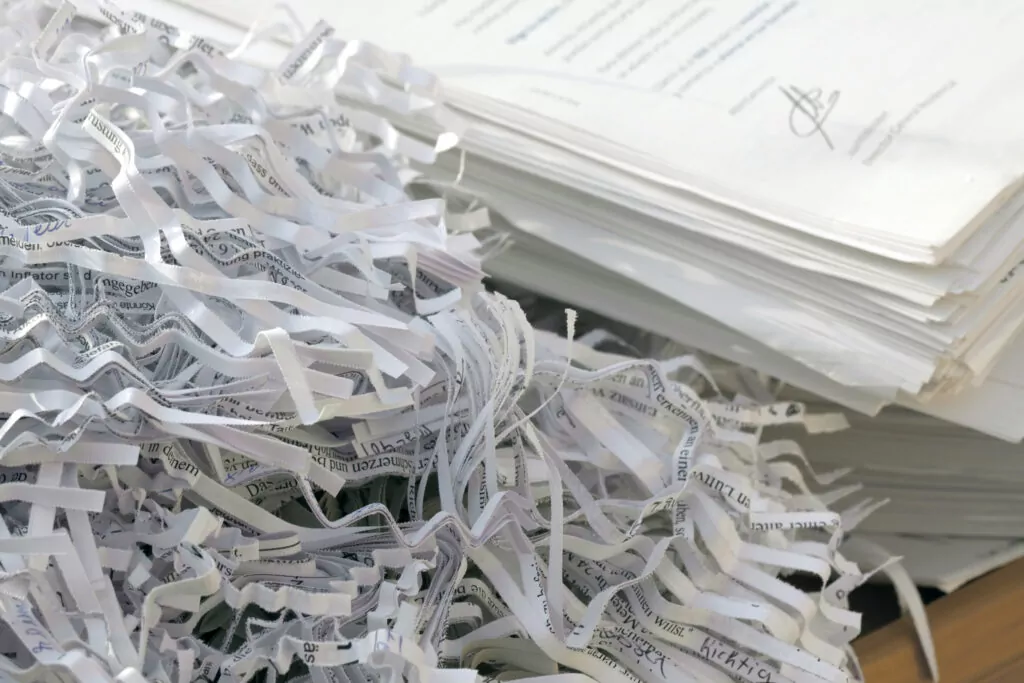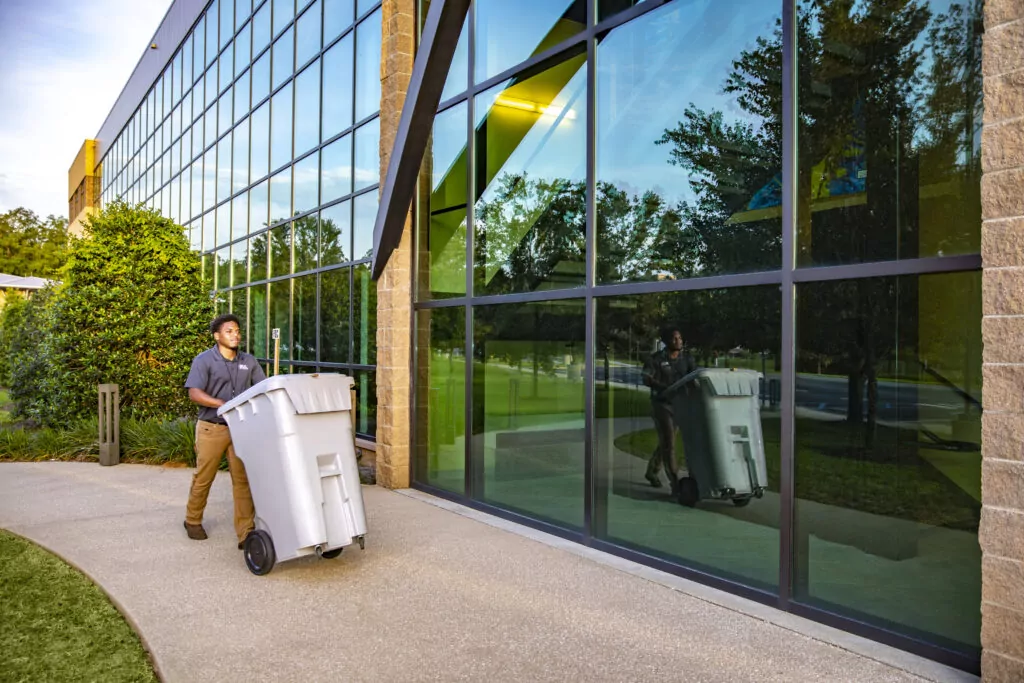Thanks to the folks at gradhacker for calling my attention to Digital Workflow Week, with a series of articles on managing emails and organizing computer filing systems. I have been traveling a lot recently (with no end in sight) and my backlog of emails to respond to and documents to review has cluttered my computer screen to the point that I go to sleep and wake up thinking about it. Yesterday I joked with a colleague that I was thinking about changing my email address so I can spend some time dealing with what is already on my digital desk before anyone is able to find me to add to it.
Whatever your field of work, workflow governs your efficiency and effectiveness. By maximizing your time, you can afford to spend less of it or accomplish more, whatever your goal. Digital Workflow Week has inspired me to share my constant meditation on improving my own digital workflow. By sharing my digital workflow, I hope to challenge your thinking on your own.
I don’t use a sophisticated digital workflow software, I prefer to work out of email and my calendar. Twice a day – morning and afternoon – I go through my emails to prioritize responses. If I can respond quickly, I tackle it in one of those two sessions. If it will require more thought or a conversation with someone else, I pull the email into my queue on my desktop to be reviewed after all quick responses are dealt with. Additionally, I love to read and have arranged for certain daily emails to be sent to my inbox with reading curated for me on topics I am interested in. I treat myself to a few in the morning and pull the rest up for reading at the end of the day. Once I’ve made it through my unread emails, I have a list of emails that haven’t received a response pulled up on my desktop to respond to and I prioritize those based on time sensitivity, picking the ones with the greatest importance and time sensitivity. I make a list of calls to make related to those emails, then check in with my team to add their time sensitive concerns to my list. Finally, I go to a running spreadsheet of check-ins and projects that I have submitted my response to but others haven’t followed up yet, and I pick the most time sensitive ones to follow-up on. Then I start checking them off.
Some emails spend weeks on my desktop without response because they aren’t time sensitive or critically important but they are time consuming, and they simply have to wait their turn. Some projects that I’ve addressed, but the addressee hasn’t, will go stale as they are caught in the mire of that person’s system. That’s why I keep them listed in my running spreadsheet, so I can circle back to them after a few weeks or months. Finally, when I can schedule a next step in person or by conference, it makes it to my calendar as an event with notes based on our communication thus far. The system starts over with follow-up from that meeting.
That’s my digital workflow. I have essentially created a system for implementing the Time Management Matrix recommended by Stephen Covey in The 7 Habits of Highly Effective People. But it falls apart.
What I am working to improve:
Scheduling blocks in my day for dealing withs specific categories of things. Personal Finance, Personal Reading, Volunteer commitments, etc should all have their own time blocks. Scheduling meetings, Making calls, and Checking emails should have their own blocks too. Currently, my system is regimented but derailed when I become overwhelmed with what needs to be done, and sometimes unravels into what I want to do instead.
Improving my spreadsheet of ongoing follow-up to look somewhat like a rolling calendar with follow-ups prompted. This is a somewhat new system, as I used to keep these in my calendar, but it became overwhelmed and distracted me from actual scheduled events.
